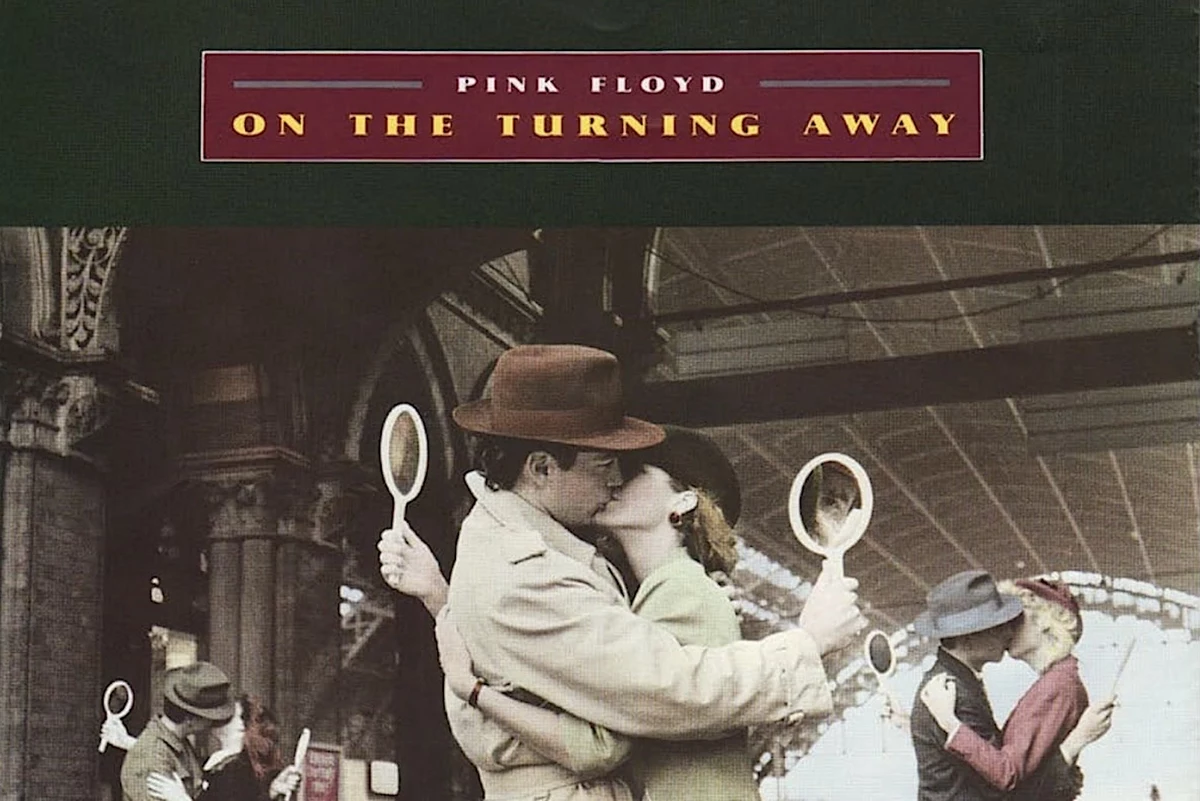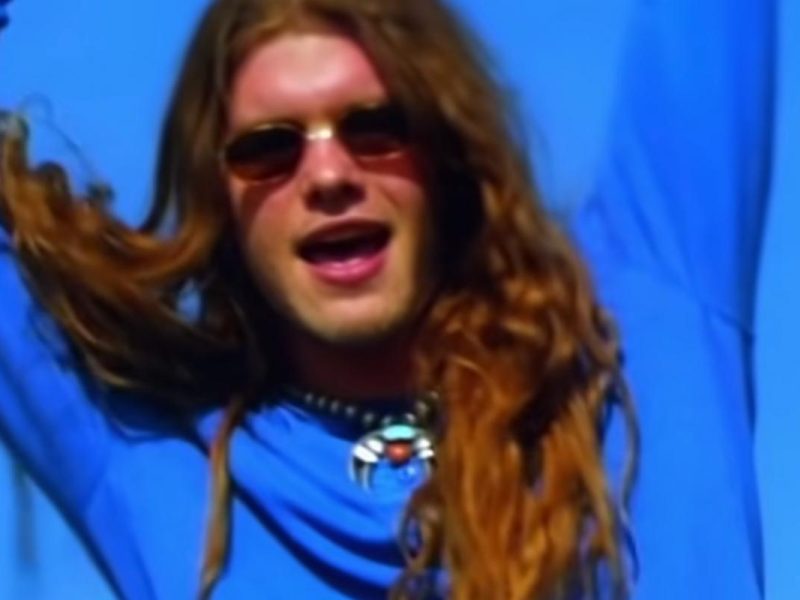David Gilmour didn’t feel the need to shut down Pink Floyd after Roger Waters left. But that didn’t mean going forward would be easy.
He was, as promotional materials would later remind fans, “the voice and guitar” of the band. Waters wrote the words.
“It was an alarming time. It was a big thing to carry on Pink Floyd with Roger having gone,” Gilmour admitted to The Sun. “He was a big, big part of it a major talent – and our primary lyricist. So it was difficult.”
Even on songs where he contributed the occasional line, Gilmour never had Waters’ acid tongue. “I would think of myself as more of a melodic type, and Roger is more of an aggressive wordsmith,” Gilmour noted. “Different sides of us came together to create what we became.”
At the same time, earlier albums like 1977’s Animals and 1983’s The Final Cut had cemented the band’s reputation as sharp-eyed commenters on topics ranging from classism to unjust war. So Gilmour probably had to admit that the first Pink Floyd LP without Waters, 1987’s A Momentary Lapse of Reason, simply wouldn’t be complete without at least one such moment.
Listen to the Original Studio Version of ‘On the Turning Away’
Anthony Moore provided a key assist as “On the Turning Away” ended up occupying a similarly topical space. Moore originally entered Pink Floyd’s orbit when he was roommates with Ron Geesin, a Waters collaborator on the title track of 1970’s Atom Heart Mother. Moore subsequently shared a manager with Pink Floyd. “There were people in common, friends in common,” Moore later remembered.
When Gilmour invited him to a writing session, Moore decided that “perhaps he saw me as somebody who he could bounce ideas off of” – and that’s exactly what happened. Gilmour had no trouble conjuring a soaring melody or crafting one of his most soulful, searching solos.
The odd time signature changes came naturally, too. Moore helped with the message, though Gilmour was quick to note that he remained a central creative force.
“On the Turning Away” was Moore’s “original idea,” he argued, “but things got changed around an awful lot.” A similar process governed their work together on “Learning to Fly,” which would become the album’s hit single. There were “millions of rewrites,” Gilmour said in a 1988 interview on Australian radio. “Basically, the last verses were completely steered into a more positive thing – and I wrote the last verses.”
So while Gilmour described the results back then as an exploration of very Waters-like “political situations in the world,” the truth is “On the Turning Away” ultimately displayed an ardent optimism that his former writing partner had struggled to inhabit. In the end, that was a credit to Gilmour rather than any outside influence.
“I have nothing against any musician wanting to use their voice to expound their philosophical or political views,” Gilmour later told Mojo. “Bob Dylan’s early, very hardcore political songs are what I grew up with. But I admit I’m not really vocal enough and clear enough. I’m afraid I live my life in shades of gray.”
Listen to Pink Floyd’s Live Update of ‘On the Turning Away’
Bandmates Nick Mason and Richard Wright were also eventually given the chance to move back into a featured spotlight, after escaping from Waters’ didactic shadow. A Momentary Lapse of Reason, however, would not provide that showcase.
Gilmour ended up handing drum duties for “On the Turning Away” to Jim Keltner, reportedly because Mason was struggling with the rhythmic complexities. Jon Carin added synths, while Tony Levin played bass. Gilmour then brought in Wright, who’d been expelled by Waters during The Wall era, to add some additional organ and backing vocals. In the end, Wright was credited, but most of his parts were reportedly discarded.
“Both Nick and Rick were catatonic in terms of their playing ability at the beginning,” Gilmour told Mojo. “Neither of them played on this at all really. In my view, they’d been destroyed by Roger.”
“On the Turning Away” nevertheless became a fan favorite, joining “Learning to Fly” atop the mainstream rock chart after its Dec. 14, 1987, release, then becoming a concert staple during the Pink Floyd and Gilmour solo tours that followed. Live versions appeared on 1988’s Delicate Sound of Thunder and 2008’s Live in Gdansk.
Even then, Gilmour’s hope-filled political message continued to reveal new complexities. “The song only has five chords in it,” stage collaborator Guy Pratt marveled in his 2008 book My Bass and Other Animals. “But they don’t necessarily show up where you think they will.”
Rock’s Ugliest Band Breakups
Ugly band breakups are a sad fact of life in the world of classic rock – along with death, taxes, hair loss and yes, profitable reunion tours.
When Alice Cooper Got Stoned with Pink Floyd



